One of the most ambitious filmmaking projects of all time breaks the record. Avatar (2009) has become the highest-grossing film of all time at the global box office, overtaking Marvel’s Avengers: Endgame. Let’s remind on how director James Cameron executed this 3D masterpiece.
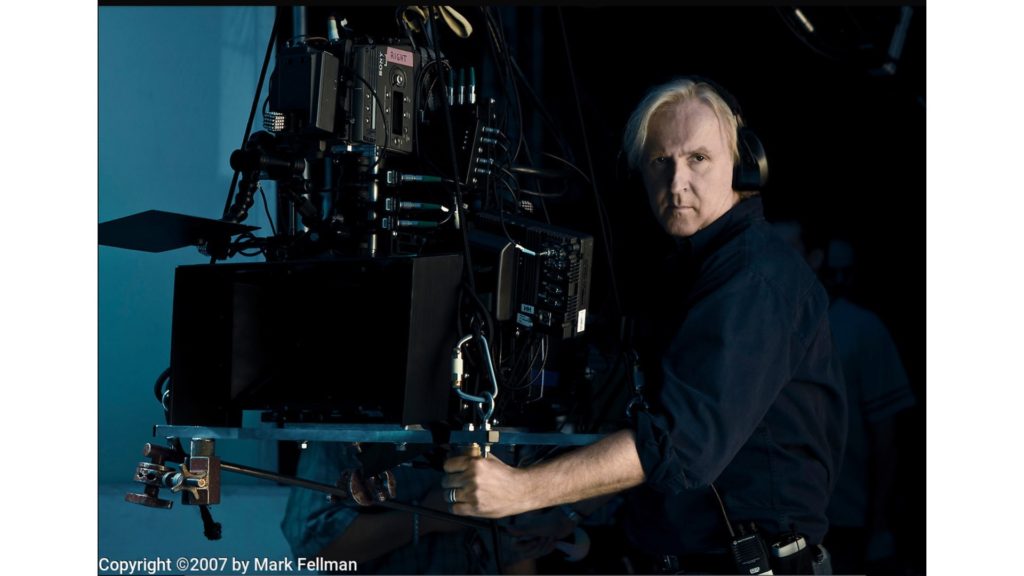
Avatar: The world’s highest-grossing film
Disney has announced that James Cameron’s Avatar has once again become the highest-grossing film of all time at the global box office, overtaking Disney/Marvel’s Avengers: Endgame. This is thanks to the China re-release which began on Friday. Disney now puts Avatar’s worldwide gross at an estimated $2.802B versus Endgame’s $2.797B. Avatar, which now falls under the Disney umbrella after the Fox acquisition, first became the top-selling global release of all time in 2010 when it passed Cameron’s own 1997 Titanic.
Congratulations to @JimCameron ,@JonLandau , and ALL of Na'vi Nation for reclaiming the box office crown! We love you 3000. @OfficialAvatar pic.twitter.com/WlMWRcL15y
— Marvel Studios (@MarvelStudios) March 13, 2021
In July 2019, Endgame overtook Avatar — and now the latter is back on top. Endgame’s Marvel Studios congratulated Cameron, as well as producer Jon Landau and “all of the Na’vi Nation” on Twitter for “reclaiming the box office crown.” “We love you 3000.” Russo brothers twitted: “Passing the gauntlet back to you… @JimCameron”.
Passing the gauntlet back to you… @JimCameron
Thanks for the beautiful art @bosslogic. pic.twitter.com/URSxUMzf8D
— Russo Brothers (@Russo_Brothers) March 13, 2021
Avatar: The milestone of filmmaking
Avatar was directed and invented by James Cameron who is known for his passion for movie technology. The film was among the first to utilize digitally intense production. Cameron wrote his first treatment for the movie in 1995 with the intention of pushing the boundaries of what was possible with cinematic digital effects. In his view, making Avatar would require blending live-action sequences and digitally captured performances in a three-dimensional, computer-generated world. The project was so ambitious that it took 10 more years before Cameron felt cinema technology had advanced to the point where Avatar was even possible. Furthermore, only about 25 percent of the movie was created using traditional live performances on sets. The rest takes place in an entirely computer-generated world.
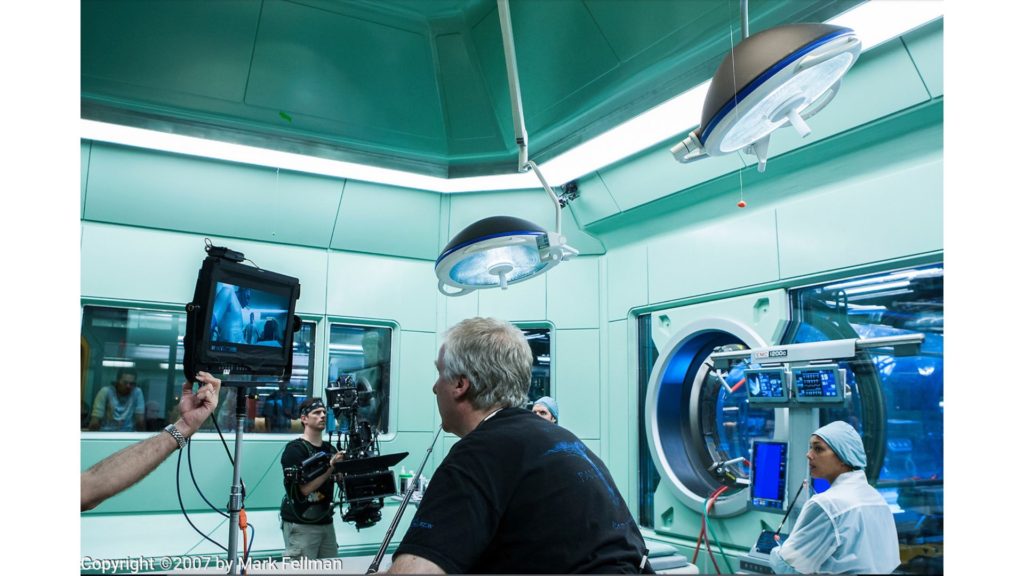
Pushing the boundaries of high-tech filmmaking
Today, Avatar’s technology is taking for granted. Avatar indeed set new standards in visual effects and motion capture to be used and further developed till today. In Avatar (2009), Cameron reworked an old idea he had sketched on a napkin back in 1995: fasten a tiny camera to the front of a helmet to track every facial movement, from darting eyes and twitching noses to furrowing eyebrows and the tricky interaction of jaw, lips, teeth, and tongue. The actors playing the Na’vi had cameras attached to their heads so that they filmed close-ups of their faces. Dots painted on their faces allowed motion-capture software to record their facial expressions, providing a “framework” from which the CG artists worked. Today, this methodology is being implemented very well in almost every fictional movie.
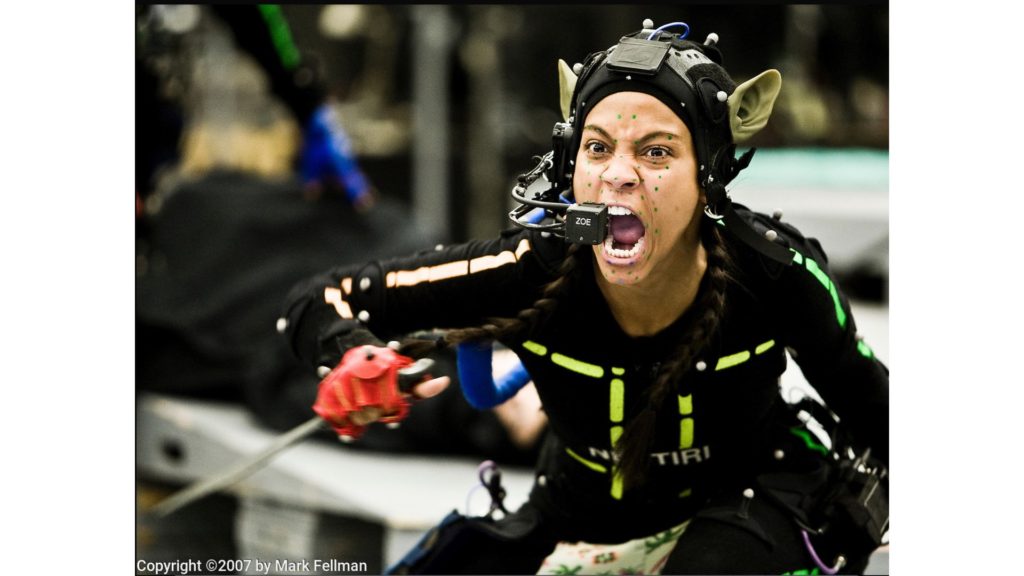
Shot on 3D
Avatar (2009) in the first movie to be shot with 3D cameras, released in 3D and in IMAX 3D to be nominated for the Best Picture Academy Award. Avatar used eight Sony HDC-F950 cameras for primary acquisition. Additionally, Sony HDC-1500 cameras captured speed shots during live-action and F23 cameras for specific shots. The lenses used were Fujinon HA16x6.3BE (6.3-101mm) and a special design HA5x7B-W50 (7-35mm) model specially developed for the production.
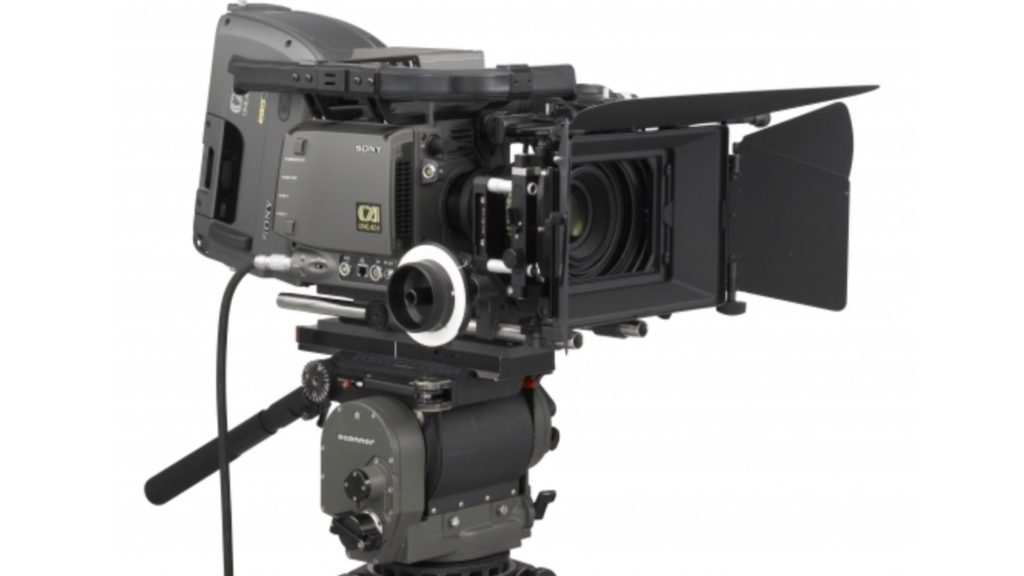
Avatar (2009) tech spec
- PACE Fusion 3-D
- Sony CineAlta F23, Fujinon Lenses
- Sony CineAlta HDC-1500, Fujinon Lenses
- Sony CineAlta HDC-F950, Fujinon Lenses
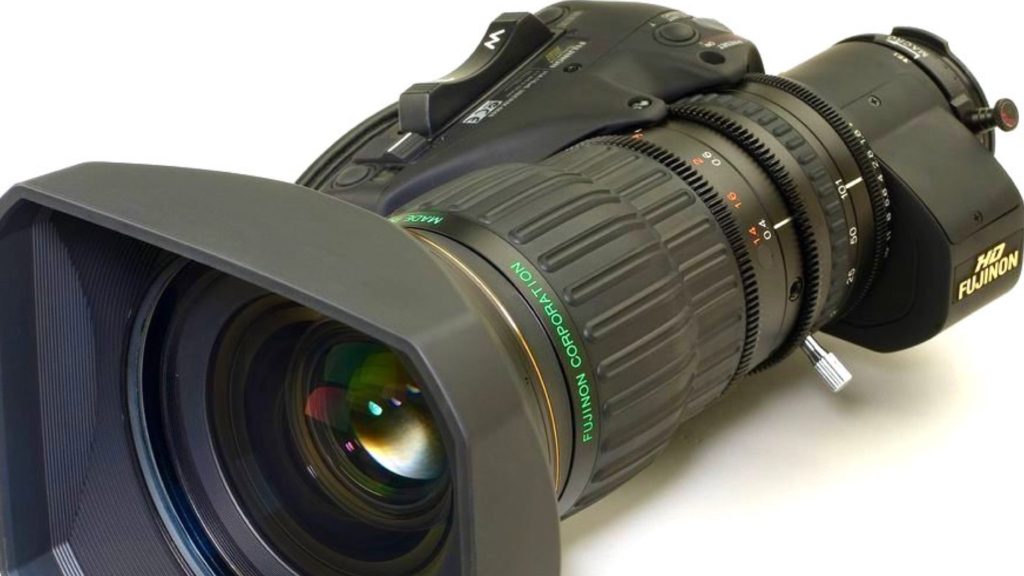
The Fusion Camera System
The Fusion Camera System (aka Reality Camera System 1) is a Digital movie camera system developed by James Cameron and Vince Pace. It was developed as a way to shoot features in stereoscopic 3D. The system made first use of Sony HDC-F950 and later of Sony HDC-1500 HD cameras when they became available. The cameras are equipped with Fujinon lenses from Fujifilm (see above the models). Sony HDC-F950 cameras were used primarily during the Avatar shoot, and Sony HDC-1500 cameras were used for some scenes when they became available. All the Sony cameras were paired with Fujinon lenses. Sony cameras (especially the CineAlta models) were heavily utilized on Avatar (I) and the sequels as well (read more: Avatar Sequels Update: Principal Photography is Almost Finished).
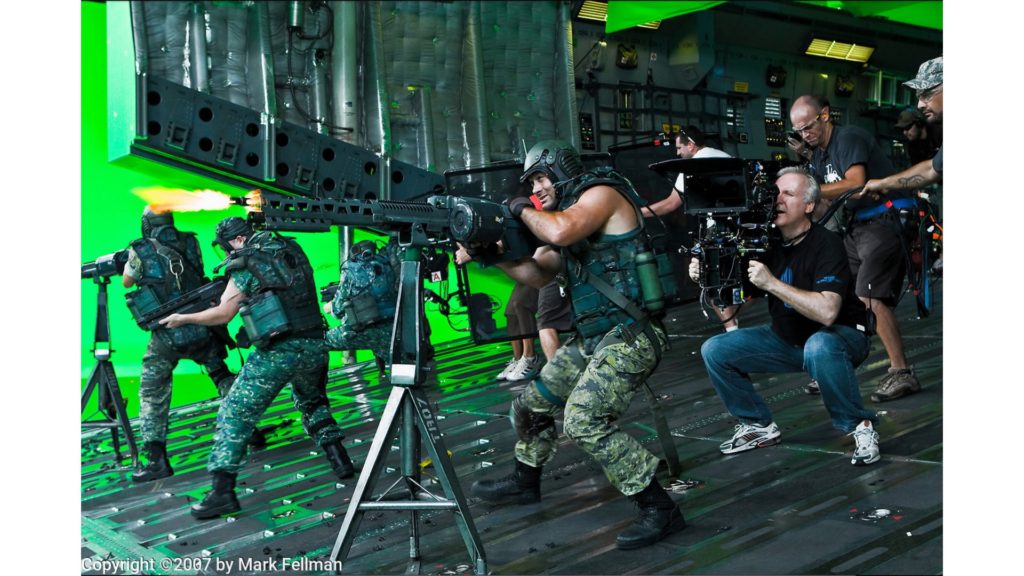
Summary
Avatar can be easily defined as a major milestone in filmmaking. The groundbreaking innovative technology, combined with a whole new cinematography approach, make this film a solid reference for the power of cinema, especially in the 3D arena. We can’t wait for the sequels to come. According to Cameron, in the Avatar sequels, you won’t just return to Pandora — you’ll explore new parts of the world. Check out this brand new concept art piece for a sneak peek at what’s to come.



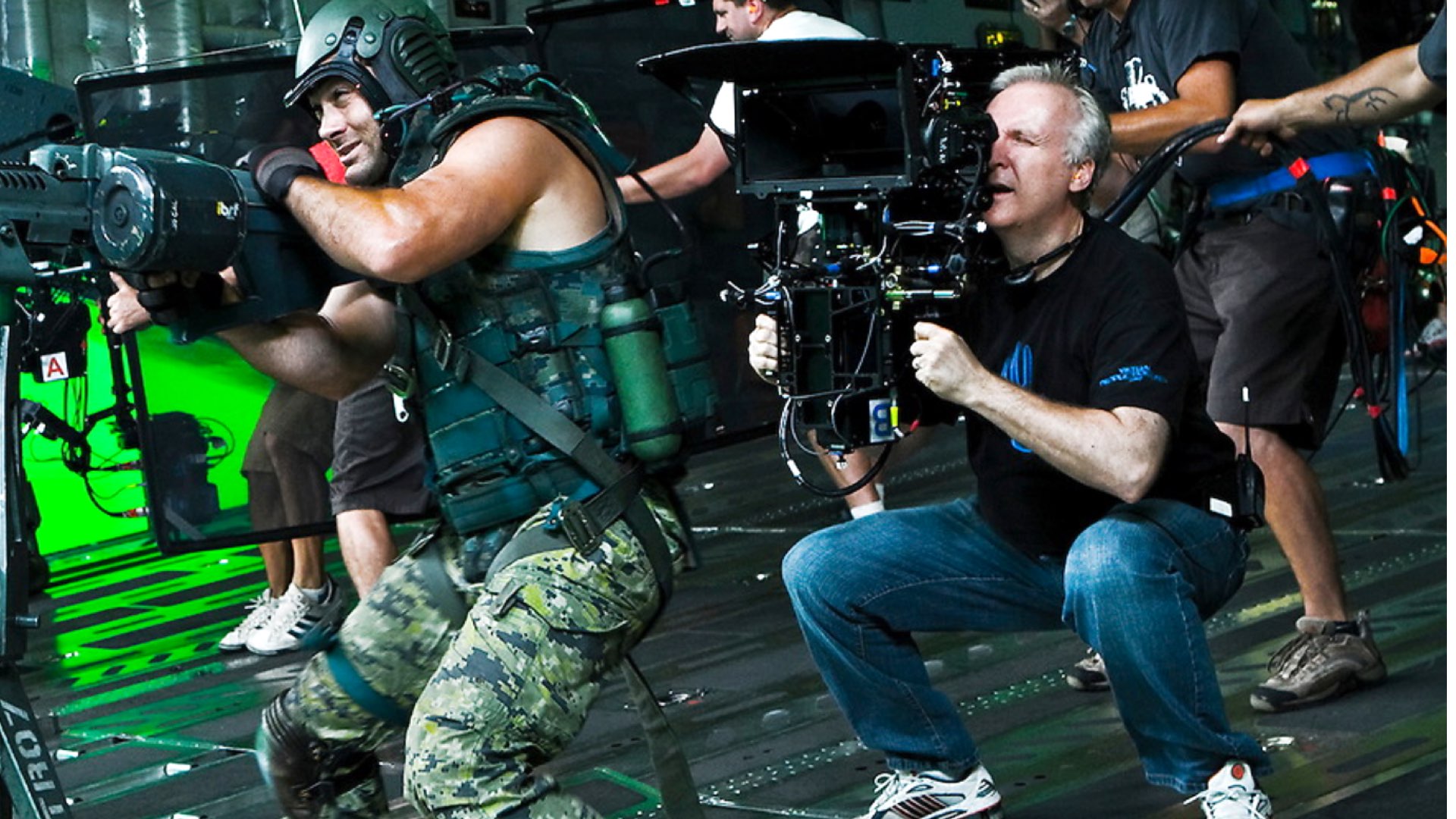



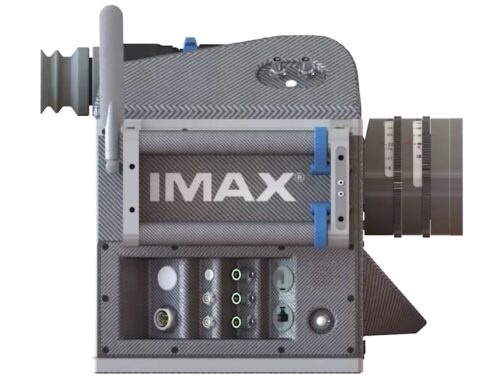



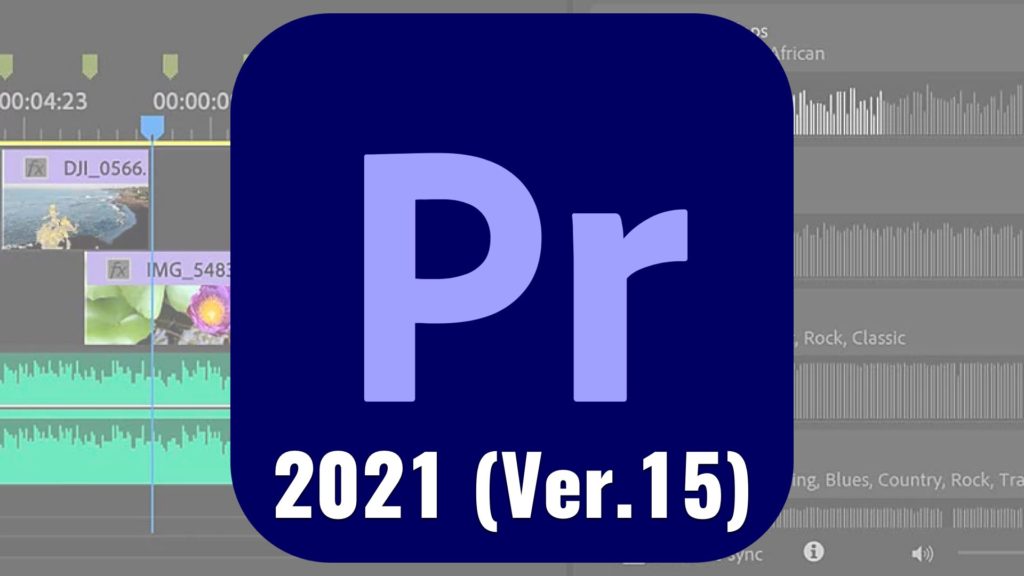
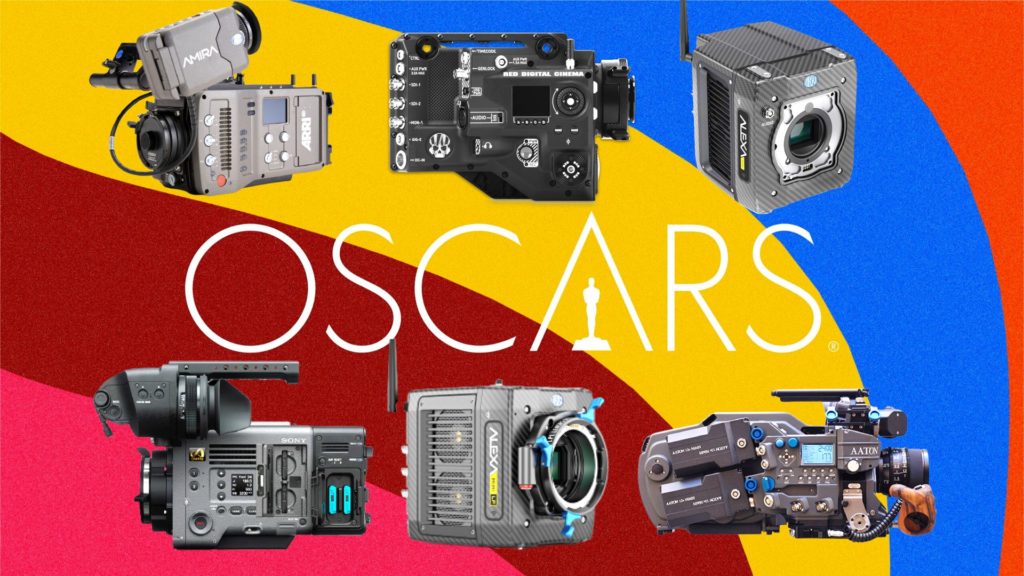





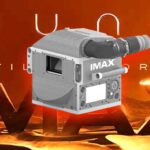
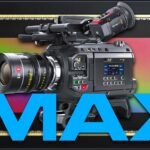
Still thing that the Avengers record was a fraud.